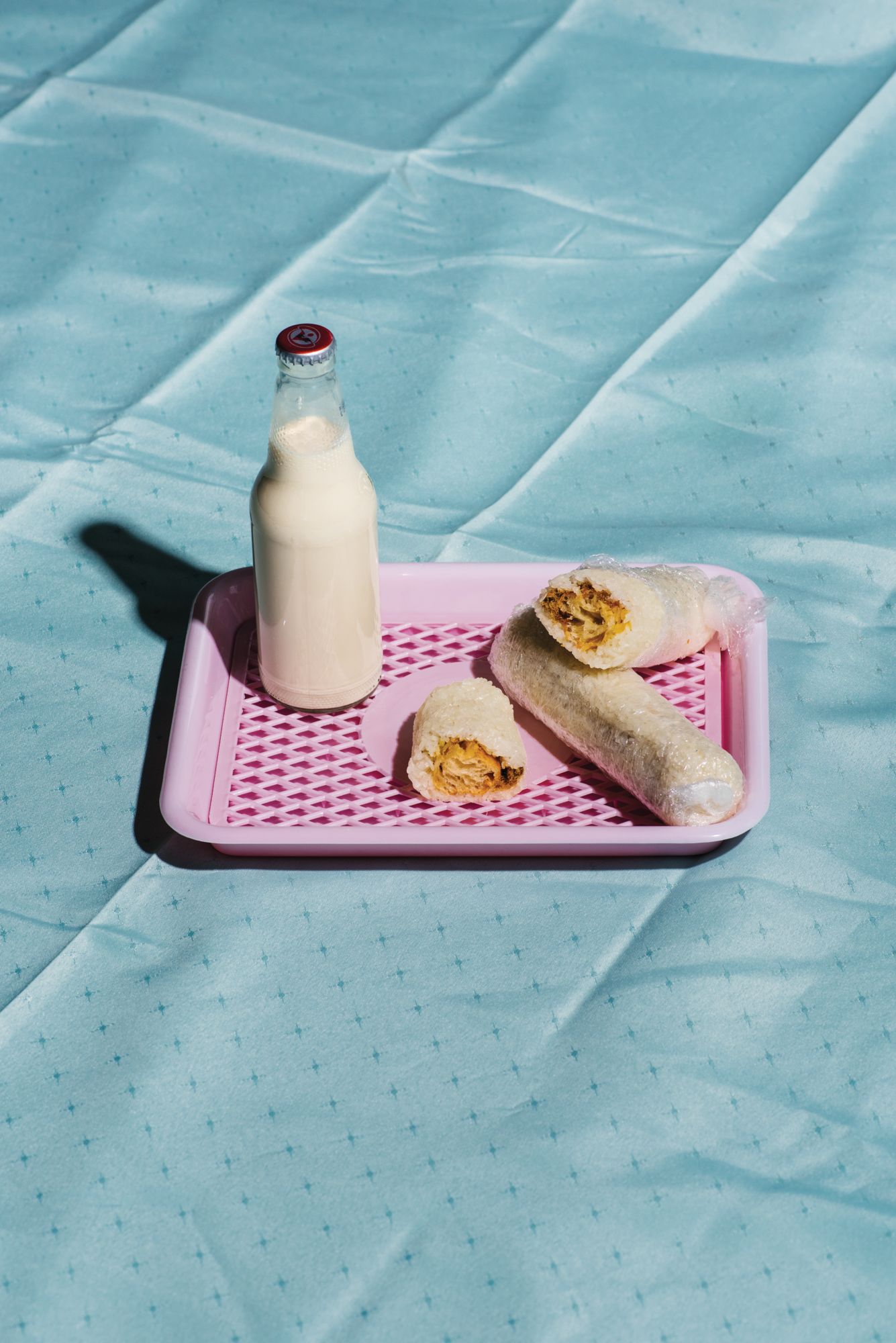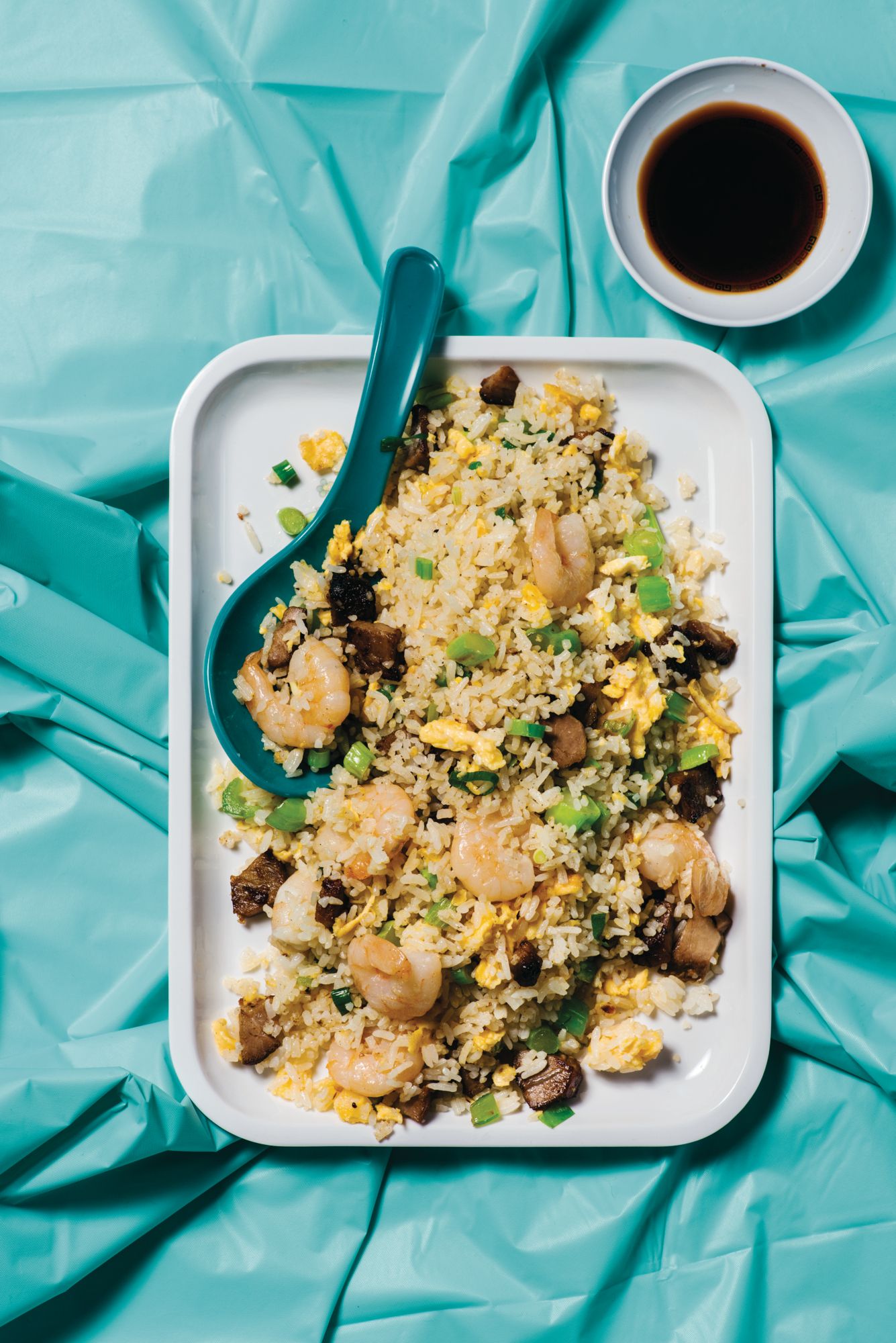A deep appreciation for Cantonese cuisine underscores chef ArChan Chan’s first ever cookbook, out this September 2020
After more than a decade spent working abroad, first in Melbourne and now in Singapore as the executive chef of LeVeL33, the opportunity to pen a love letter to her home town was one ArChan Chan could not let slip by. Completed in less than six months, at the same time her restaurant was undergoing major renovations, Hong Kong Local is a vibrant tribute to the iconic dishes the young chef grew up eating, from familiar dim sum classics like barbecued pork buns and har gao to esoteric and nostalgic foods like red bean pudding and the Chinese New Year sesame treats known as “smiley cookies”. Seen in its entirety, the cookbook, the chef’s first, evokes curiosity and joy through its vibrant, Sixties-tinged block colour layouts and high-contrast photography by the talented Alana Dimou, which paints the pages with a childlike innocence.
Chan, who fully understands Hongkongers’ knack for eating at any and all hours of the day, divides the chapters by times: you’ll find recipes for morning pick-me-ups like Hong Kong-style milk tea, satay beef instant noodles and rice noodle rolls in “Early”; “Mid” includes the obligatory wonton noodles; “Late” is for indulgences such as crisp Chiu Chow oyster omelettes and “stir fry king”, a dish of wok-fried garlic chives and both dried and fresh prawns. For Chan, this project has been an opportunity for reflection, to look back on what she has learnt about not only cooking but also her own culture as perceived through the lens of a world that is paying more attention to the city than ever before.
Related: 3 Iconic Recipes From Hong Kong Local, A New Cookbook By Chef ArChan Chan

How would you describe Hong Kong in a few sentences?
Hong Kong food is actually, to me, like a spirit. It’s the hard-working mentality you see when someone spends so much time making a puff pastry egg tart, for example. If you knew how much work goes into it, the selling price is really ridiculous. I guess this is what influenced me as a chef—that overall hard-working attitude, in terms of the food and the culture.
What is your Hong Kong origin story?
I was born in 1985, which I think is an interesting time because we were in an era when we still had quite bit of cultural history—you know, you could still get street food really on the street. I didn’t know I wanted to be a chef, because in Hong Kong it wasn’t really a career or profession. But growing up I loved reading about psychology, and one concept that really stuck in my mind was “do what you like to do”. When I was asked to pick a subject in university, I asked if there was anything food-related and actually applied to study catering at Polytechnic University. I still remember that, out of 300 students, only two [including myself] actually chose to do their placements in the kitchen.
Related: How To Support Food Charities To Help Hong Kong’s Most Vulnerable





